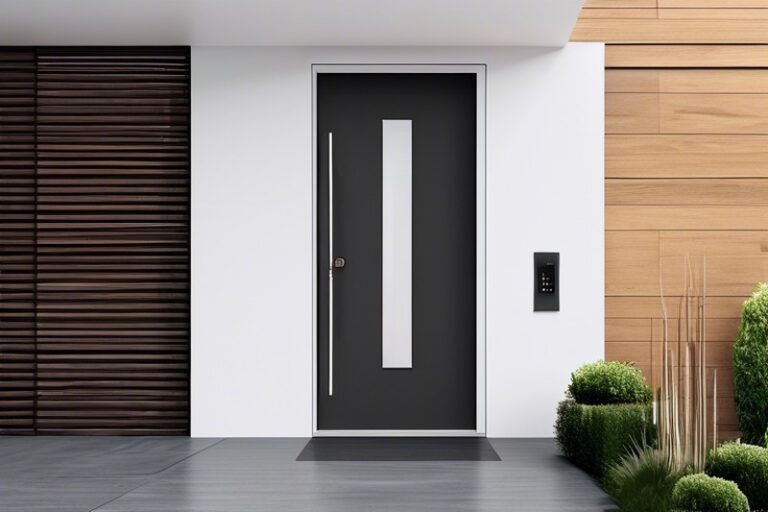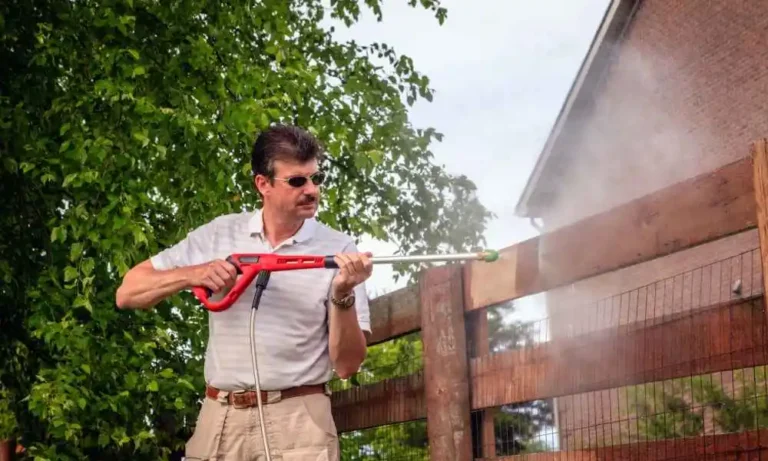
Fans and air condition units are the most common devices used for cooling the air in homes and offices. However, the need for cool, clean, and fresh air while reducing the environmental impact makes air conditioners unfit for certain locations. The answer is the modern portable evaporative air conditioner.
Evaporation is not a modern concept; it has long found application in reducing temperature. In the topics, it is common to see large bowls of water kept around the house in areas where air moves fast to improve humidity and lower the temperature.
It is this principle that is applied to make an evaporative air conditioner (EAC).
The functional parts of an EAC
- Rotor fan:The rotor fan gets its power from electricity. It is used to increase airspeed, a requirement for evaporation. The number of fans in the EAC depends on the size and cooling capacity.
- Power source: Most EACs come with a DC power source. The rechargeable battery is designed to store power for hours. They can also be powered with an AC source through a power cord attached.
- Speed control: This selects the speed at which the fan rotates.
- Water tank: The water tank holds the evaporating water as the machine works. The tank capacity depends on the size of the EAC. A tiny pump is also present to pump the water to the cooling pad.
- The cooling pad: This is where the water is cooled. It saturates the cooling pad and, in turn, cools the air pulled in from outside.
- Filter unit:This is where the air is filtered.
How an evaporative air conditioner works
- Fans only:In this mode, only the fans are used to increase the airspeed. That brings some cooling effect.
- Evaporative cooling: In this mode, the water is evaporated to cool the air and increase humidity. Water from the tank pumps into the cooling pad, where it becomes saturated. The water is cooled. The fan increases airspeed and sucks in dry air from the back. The dry air is filtered to remove dust and germs (depending on the filter type). Next, it passes over the cooling pad where the air is cooled and becomes moist. The air circulation moves from there to the entire room.
EACs can be deployed conveniently for indoor and outdoor use. They consume far less water and electric energy than refrigerated air conditioners.






